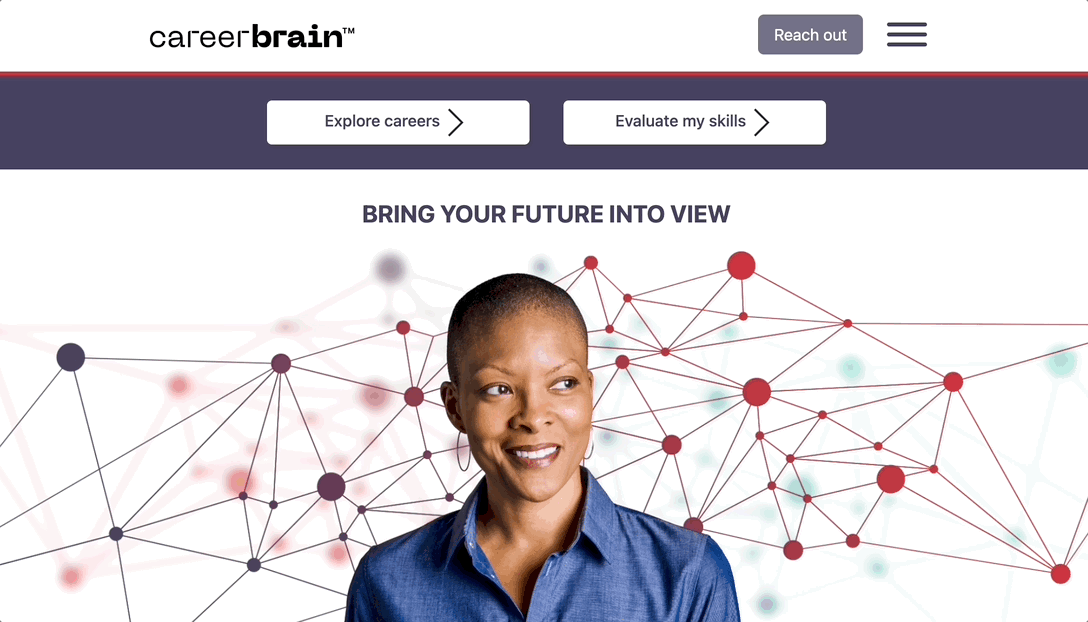 Insight Product deep-dive: Skills Gap Analyser
Insight Product deep-dive: Skills Gap Analyser
The world of work is facing a host of urgent challenges to meet the demands of the future. A global ‘war for talent’ in a tight labour market shows little signs of slowing down, leading to a pivot towards maximising and retaining the skills that employees already possess. But what happens when the gaps open up?
Sustainability is a very real example of this. The climate emergency means we need to decarbonise to meet sustainability targets. But a major blocker to the UK’s 2050 net zero goal is a shortage of the skilled labour needed to sustain a green economy. In parallel, we have arrived at Industry 4.0, spearheaded by AI and even greater automation in the post-Covid landscape. But a key problem remains: we’re innovating at a rate that’s outpacing the skills that employees can call on.
To exacerbate this, there’s an increasing disconnect between the skills taught in educational settings and the skills that employers are looking/desperate for. At a global level, the World Economic Forum has been calling for tighter integration between employers and educationalists for many years now.
According to new data from our partners at Lightcast, skills-based organisations achieve:
- 89% reduction in cost to hire
- 91.4% reduction in time to hire
- 91.1% increase in diversity

So, if skills are the currency of the labour market, then the world’s piggy bank might jingle loudly if shaken right now. But how do we know the value of our own skills if most of the time we don’t understand the skills we possess and the gaps to close?
At infogr8, we believe one step towards this is better use of data and technology. Our EdTech pod harnesses powerful labour market data in a range of tools and solutions. One of these is our Skills Gap Analyser product.
If you’re a team in education or workforce development (education directors, program managers, heads of L&D), your raison d’etre may well be needing to futureproof the workforce by adjusting policy or curricula. In part, this takes place through understanding trends in skills acquisition within industries or age groups.
Or if you’re a team within a large enterprise working across HR, technology or brand (product directors, brand directors, heads of culture and people), you may be tasked with thinking about improving staff retention, using smarter insights and workflows to make better hiring decisions, or attracting better talent to your organisation.
The Skills Gap Analyser offers a two-way looking glass to solve these needs. It enables users to quickly understand any gaps in skills between their current and target industry or occupation. And the teams deploying the solution gain invaluable insight to make smarter decisions at the organisational level.
Let’s dive deeper into what this means in practice.
The benefits of skills gap analysis based on labour market data
A Skills Gap Analyser can be deployed as a standalone solution, such as a website, or as a module within your current digital ecosystem for specific industries, education institutions or within large enterprises.
Here are just three benefits:
For job applicants and career shifters (and the job platforms that serve them)
Use data to support your audience’s understanding of their skills gaps to find new career opportunities. By tapping into a skills library that’s backed by research and data, you’ll benefit from credible data gathered over years along with an internationally recognised skills taxonomy. Lightcast’s data, for example, uses 32,000+ skills gathered from hundreds of millions of online job postings, profiles, and resumes – and it’s updated every two weeks.
For employers and HR professionals
Understand and manage skills trends in your workforce. Create your own database between the skills your workforce has and what you’re looking for so you can gain a better understanding of how well prepared you are for the future of work.
For education and L&D providers
Upsell accreditations and qualifications to plug skills gaps in specific industries. Then go one step further to support companies’ future-proofing by connecting their workforce to relevant credentials to upskill any shortfall in competencies in specific tasks, subjects or tools.
Product deep-dive: CareerBrain
The soon-to-be-re-released CareerBrain is a cutting-edge, data-driven career navigation solution for users in Canada. Harnessing country-specific labour market data, it enables users to understand their skills and help take the right action to upskill in line with market demand. In this way, CareerBrain enables users to assess their current skills, learn about in-demand roles, and explore new possibilities in adjacent roles.

A snippet of a possible career search in CareerBrain.
More specifically, CareerBrain offers the following benefits to users as they navigate their career options:
- Explore tailored career opportunities based on the user’s skills profile, obtained through previous work experience or uploaded resume
- Understand vertical and lateral pathways for any given role based on future-facing, high-demand career opportunities
- Gain the full picture of what an occupation looks like based on salary differentials, demand and top employers
- Upskill and reskill with recommended courses to gain credentials by accredited universities and partner institutions
- Get in touch with career advisors at York University to take the best next steps
By assessing and understanding users’ current skills in CareerBrain, the solution can pinpoint the career opportunities available to them – and especially those that they may not have known were available. First, it takes the inferred skills from the user’s current occupation and/or parses their resumé to extract them, taking the legwork out of writing them down. The user can then edit or add skills to customise their profile accordingly. Occupation recommendations are then sorted by those in growing industry fields, calculated by demand and by wage differentials.
User still in two minds? A range of data points are then available to help give them a fuller picture of what the occupation entails.
For the teams deploying this type of solution, a back-end interface can deliver insight into the most popular occupations searched for, the most popular skills, the least important skills, and where any skills gaps are lurking. In turn, this insight paints a picture for educators to develop their offerings to meet the demands of tomorrow’s employers.
